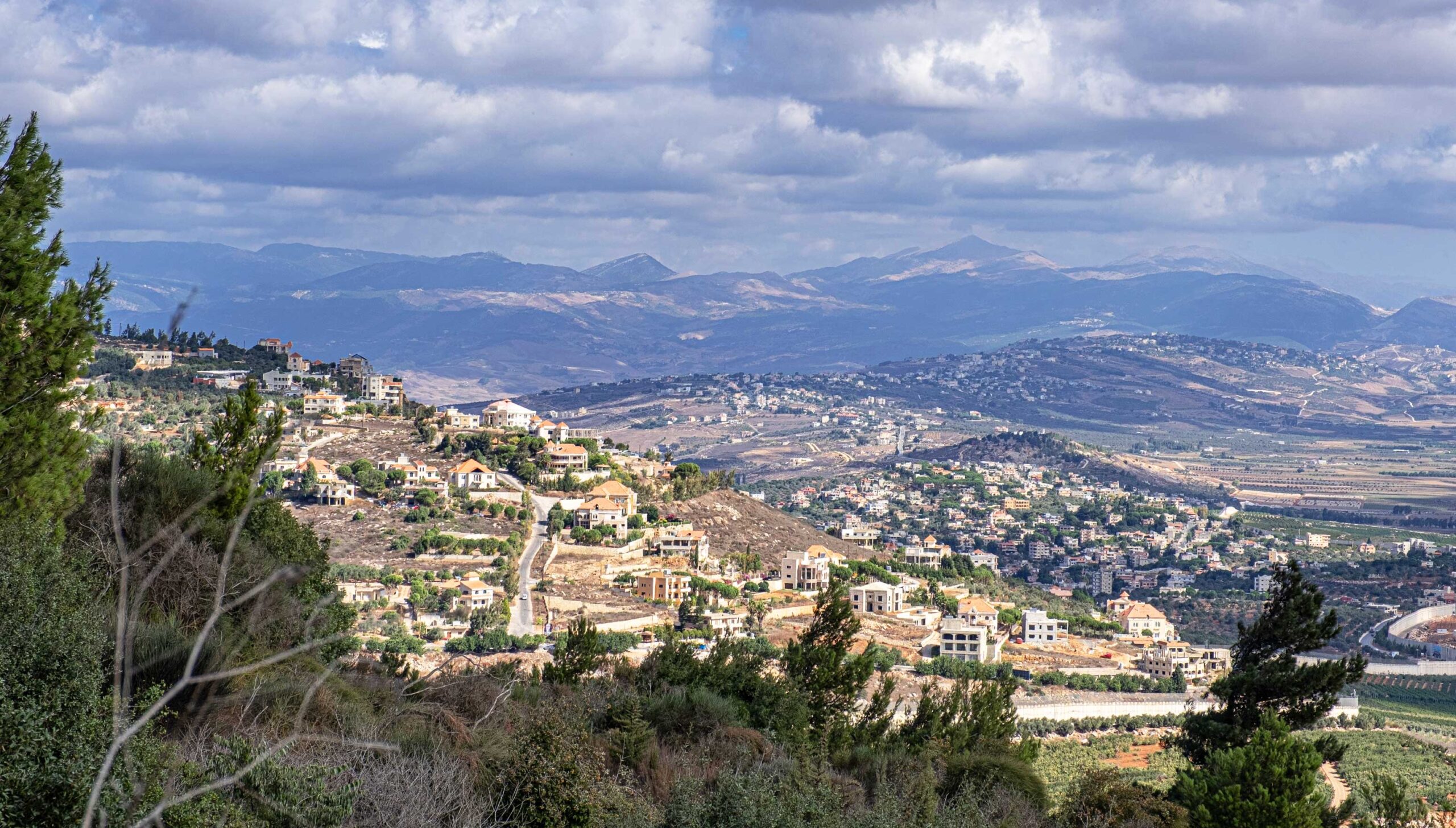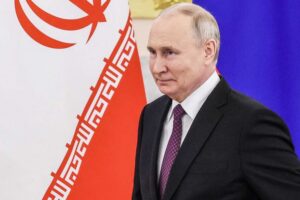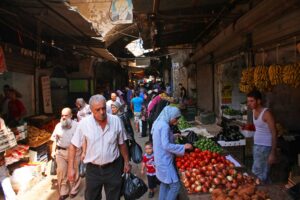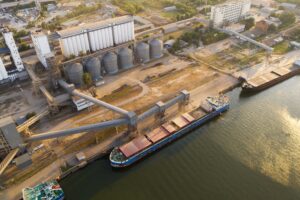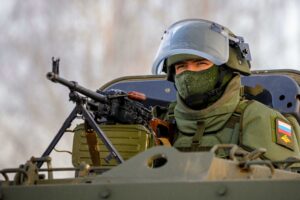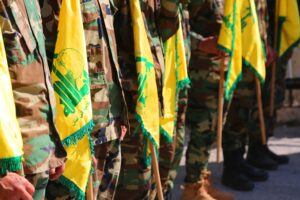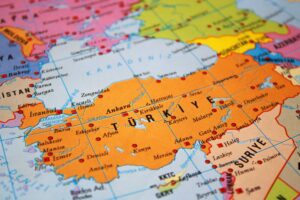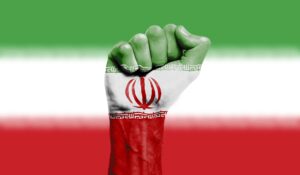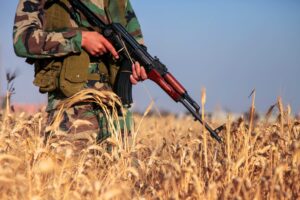This article was made possible (in part) through the support of the Arab Council of the Social Sciences with funding from Carnegie Corporation of New York for the Early Career Fellows program (Cycle 7). The statements made and views expressed are solely the responsibility of the author.
Based on research in Lebanon, this article argues for a deep connectivity and co-constitution between urban and non-urban spaces in the small country on the eastern shores of the Mediterranean. Further, it contends that inhabitants of villages and towns hold invaluable knowledge about cities in a world – particularly the global south – where the non-urban is systematically being erased at the behest of the hegemony of modernity and coloniality.
The project sought to counter the urban-centric study of Lebanon to problematise the erasure of Lebanon’s towns and villages, and their inhabitants, from the imagined Lebanese identity.
In October 2020, I began fieldwork on a research project titled ‘The Lived Experiences of Lebanon’s Peri-Urban Dwelling Muslims’ as part of a postdoctoral work with the Arab Council for Social Sciences investigating forms of inequality and discrimination in Lebanon’s towns and villages. The project sought to counter the urban-centric study of Lebanon to problematise the erasure of Lebanon’s towns and villages, and their inhabitants, from the imagined Lebanese identity and to explore problems and challenges of socio-religious inequalities in non-urban contemporary life. The project specifically focused on the case of Muslim Lebanese citizens given the historically unequal patterns of development and urbanisation that have developed in line with the differentiated and hierarchised order of different sectarian groups in Lebanon.
As the project’s analysis developed, ‘the city’ emerged as a central theme. Here, it became apparent that nearly all participants had extensive lived experiences in one or multiple cities, or regularly visited a city, despite identifying as village-dwellers, residing in a village, and being born and raised in a village. Ultimately, while I had aimed to generate knowledge focused on life in the village, and an analysis of this life, many responses were about life in the city and the relations villagers had to ‘the city’.
As formal academic higher education has developed into a basic requirement for social acceptance and socio-economic mobility in the country, universities have emerged as key institutions connecting the village to the city.
A key factor in this connectivity was (higher) education. As (centralised) formal academic higher education has developed into a basic requirement for social acceptance and socio-economic mobility in the country, particularly since the end of the civil war in 1991 but with a much longer history, universities have emerged as key institutions connecting the village to the city.[i] During fieldwork, participants explained that a standard expectation for village youth is now enrolment in a university and the acquisition of a higher education degree. While some commute to the city to pursue their education, many others, relocate to the city for the duration of their education. During this time students maintain ongoing and deep connections to their village through regular (often weekly) returns over the weekends, holidays, and summer vacation. Lebanon had, I came to realise, a generation of village-dwellers spending their formative years living and socialising in the city.
Furthermore, employment and economic conditions were also key, participants explained. With Lebanon’s transformation into a centralised and service economy over recent decades, with the long-standing erasure of its agricultural and productive sectors, (un)employment has been a powerful force driving many generations into cities – and continuing apace in recent years. Some participants explained they were employed in a nearby city as there were no ‘suitable’ opportunities in the villages – but that they commuted back to their village daily as it is where they and their family reside. In this respect, their daily lives were deeply entwined with city-dwellers and the city as rural habits of eating and clothing or dominant political debates gradually declined in favour of those in cities. For example, at the level of diet and eating habits, a noticeable transition to processed foods, commodity-based mass-produced foods, ‘fast food’ and dependence on restaurants as well as more animal-based consumption were key observable changes.
The presence of the city was not limited to this longer-term migration for reasons of education and employment. Rather, it was lived across social spheres: from healthcare to government services and from consumption to leisure, centralisation (including and beyond state services) meant that the quotidian lives of village-dwellers required regular movement in and out of the city. Ultimately, village life was deeply connected to the city, even thoroughly dependent on it. In these discussions, the city emerged as having significant power over village life as trend-setting and norm-setting.
Indeed, conversations in the field indicated that participants held specific conceptualisations and understandings of the city and life within it. For example, the city was presented as a place of diversity where ‘different sorts of people’ lived together. While this could offer ‘richness’, participants claimed, it often meant life in the city was more difficult with far more discrimination and prejudice in contrast to villages where people were ‘kin’ and more welcoming. Maha, an older Sunni participant from a town near Tripoli in the North of Lebanon explained that in the city ‘they live as strangers, they don’t know their neighbours, here it is very different. It has its own problems here of course, and there are tensions between people, but we’re one community at the end of the day. Beirut is not like that. It’s a lonely place I feel, I don’t know, maybe even an unhappy place’.
Further, a sense prevailed that the city was a space of heightened inequalities and racism where ‘life was far more difficult’ as Mona, a young middle-class participant from the South of Lebanon, argued. In parallel, participants explained that the city was a place where life was ‘fast paced’, productive, and generative for success and achievement. Nevertheless, many held, it was also a place whose inhabitants do not enjoy ‘tranquillity’, particularly given how socially as well as economically ‘complicated’ life in the city was. City-dwellers were seen as often burdened with financial hardship (and much debt) as well as worries for their future and that of their children. Ahmad, a lower-class middle-aged man from the south of Lebanon illustrated in relation to housing: ‘in the village, children build homes either next to, or above, those of their parents’. This allowed them to own houses, and often marry and settle, relatively early in their lives with a reasonable cost that did not become a significant debt or burden. This was impossible in cities, where a dominant market of exorbitant costs meant owning a house was a ‘privilege’ that most were denied. Despite such issues, participants often held the city was a more ‘developed’ and ‘advanced’ space in what might appear to be an alignment with global Eurocentric conceptions of linear time and progress.[ii]
The city in Lebanon was further offered as a space where ‘religiosity’ was more developed than it was in the village with participants pointing to the presence of large numbers of people and a greater access to religious knowledge, religious institutions, and religious practises within it.
Interestingly, the city in Lebanon was further offered as a space where ‘religiosity’ was more developed than it was in the village with participants pointing to the presence of large numbers of people and a greater access to religious knowledge, religious institutions, and religious practises within it. This evidently ocntradictted narratives of urban secualirty and secularising modernisation. Mahdi, a young middle-class Shia participant from the south of Lebanon, argued that ‘people in the city are so fortunate, they have the lively mosques, the great scholars, libraries and books, everything. Islam is so much more alive there!’ Despite this, many confirmed that had such institutions and knowledge been present in the village, ‘religiosity’ would be far more advanced there due to the characteristics of village life; from a supposed simplicity to a celebrated ‘peacefulness’. In this respect, while participants seemed to reproduce and ascribe to many standard narratives around both the city and the village, their explanations also indicated important contributions, nuances, distinctions, and even critiques of such narratives that require significant research to unpack, examine and theorise. Particularly important in this respect would be examining the prevalence of such narratives within the larger community, and its heterogeneity across identity factors including gender, class, age, and sexuality.
This project’s fieldwork revealed a deep connectivity between the village and the city in Lebanon, with village life largely structured by, and dependent on, the city and city-life. Further, ‘villagers’ had much to say about city life, and it is key to think alongside the important knowledges they have to offer about both the urban and the rural. Accordingly, the neat separation between urban and rural is not conducive to either research or policy. Indeed, a movement beyond it can offer generative insights in understanding the city through studying those outside it. This is not to re-centre the city but to open up possibilities to problematise the separation between the city and the village, critically interrogate the city’s making and presence well beyond its borders, and rethink the city itself from a different vantage point. Such work would be crucial where the various challenges of both the city and the village – from poverty and underemployment to divisions and forms of social inequalities and discrimination – would no longer be viewed and combatted in isolation but rather in their connections and co-constitution.
[i] Hellen Murray. Universities, Conflicts, and the Public Sphere: Trajectories of the Public University in Lebanon (Ph.D.). 2021.University of Sussex, Brighton – UK.
[ii] Vázquez R. Modernity Coloniality and Visibility: The Politics of Time. Sociological Research Online. 2009;14(4):109-115. doi:10.5153/sro.1990


